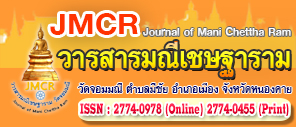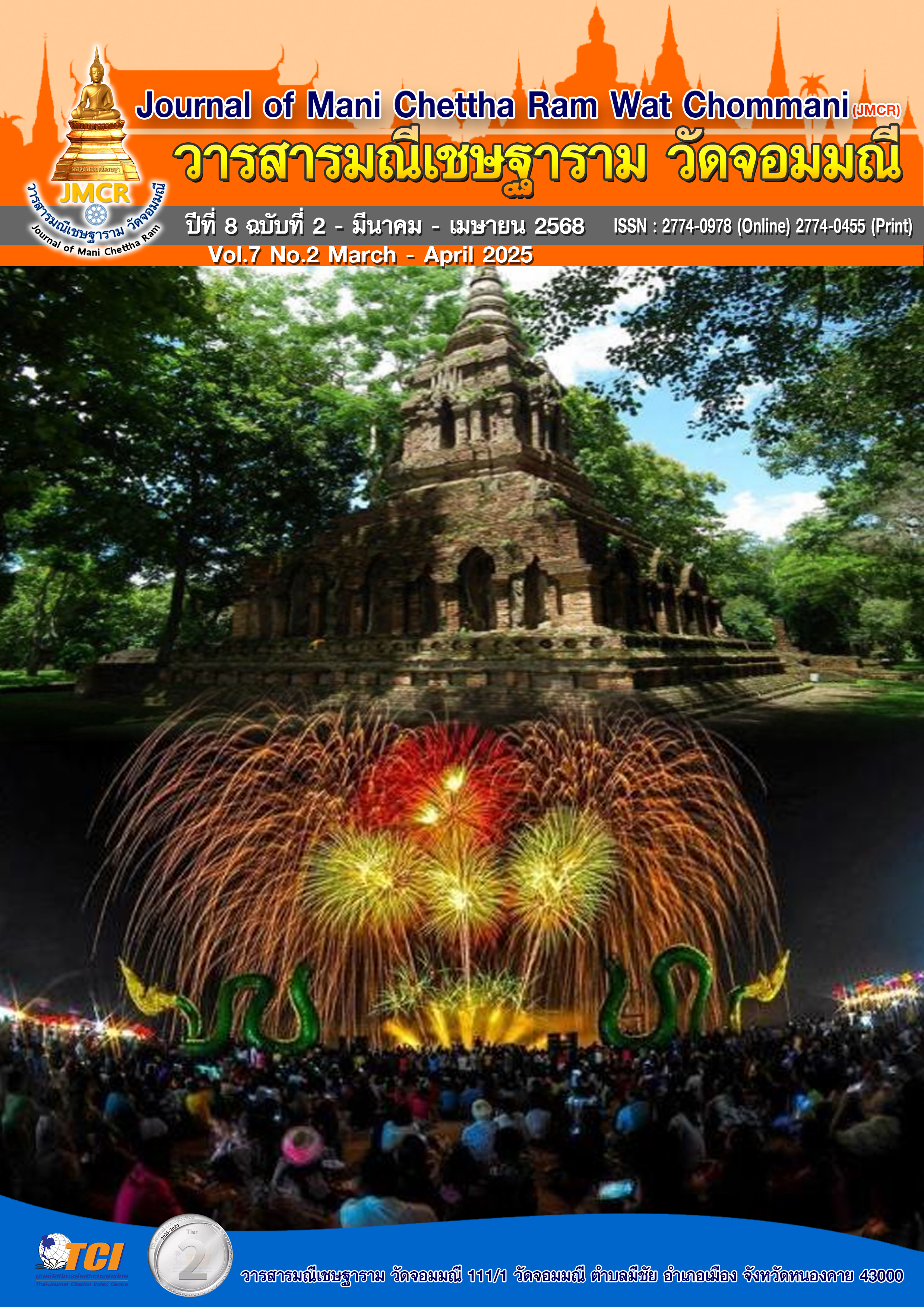MONITORING AND EVALUATION OF THE IMPLEMENTATION OF THE DIGITAL BUSINESS TECHNOLOGY PROGRAM UNDER THE 2024 VOCATIONAL CERTIFICATE CURRICULUM OF TRAT POLYTECHNIC COLLEGE USING THE CIPP MODEL
Keywords:
Curriculum Evaluation, Vocational Program Evaluation, CIPP ModelAbstract
This research was to monitor and evaluate the use of the Digital Business Technology curriculum according to the vocational science curriculum, B.E. 2567, of Trat Technical College for data entry of components for the steps and system aspects of the CIPP Model of Stufflebeam. The sample group included 3 educational institutions, 7 supervisors, 10 regular teachers, 13 general people, and 64 students in grades 1-3, randomly selected by stratification according to various sections, from many to many 97 people. The instruments used were components and data recording forms. The accuracy of the scan from experts obtained an index of survey between 0.80 - 1.00. The reliability of the whole version was equal to 0.93. The latest data were checked for descriptive statistics.
The research findings are as follows Context: The appropriateness level is high ( = 4.40, S.D. = 0.61). The curriculum’s objectives, structure, mission, content, and vision align with the 2024 Office of Vocational Education Commission (OVEC) curriculum. Input: The appropriateness level is high ( = 4.36, S.D. = 0.69), with well-prepared instructional staff, teaching materials, equipment, school facilities, learning resources, infrastructure, and budget. Process: The appropriateness level is high ( = 4.43, S.D. = 0.64). This includes assessment and evaluation, learning activity design, curriculum management, student development activities, and supervision of curriculum implementation. Product: The appropriateness level is high ( = 4.45, S.D. = 0.49). Students demonstrate desirable characteristics, critical thinking skills, and the ability to utilize digital technology in accordance with the curriculum. Furthermore, students’ academic performance across all three subject areas meets the required assessment standards.
References
กาญจนา คุณารักษ์. (2553). พื้นฐานการพัฒนาหลักสูตร. นครปฐม: โรงพิมพ์มหาวิทยาลัยศิลปากร.
กรภัสสร อินทรบำรุง. (2558). การประเมินหลักสูตรศึกษาศาสตรบัณฑิต สาขาวิชาการศึกษาปฐมวัย คณะศึกษาศาสตร์ มหาวิทยาลัยศิลปากร. วารสารสาขามนุษยศาสตร์ สังคมศาสตร์ และศิลปะ (Veridian E-Journal), 8(1), 700-713.
โขมพัสตร์ สมบุญ. (2561). การประเมินหลักสูตรสถานศึกษาตามหลักสูตรแกนกลางการศึกษา ขั้นพื้นฐาน พุทธศักราช 2551 ของโรงเรียนสังกัดสำนักงานเขตดินแดง กรุงเทพมหานคร. บัณฑิตวิทยาลัย: มหาวิทยาลัยรามคำแหง.
จิตรา เผือกสวัสดิ์. (2561). การประเมินหลักสูตรสถานศึกษากลุ่มสาระการเรียนรู้การงาน อาชีพ และเทคโนโลยีชั้นประถมปีที่ 4 – 6 โรงเรียนวัดนอก อ.ดอนสัก จ.สุราษฎร์ธานี โดยใช้รูปแบบซิป. ใน การศึกษาค้นคว้าอิสระครุศาสตรมหาบัณฑิต. บัณฑิตศึกษา สาขาหลักสูตรและการเรียนการสอน มหาวิทยาลัยราชภัฏสุราษฎร์ธานี.
ชูศรี วงศ์รัตนะ. (2550). เทคนิคการใช้สถิติเพื่อการวิจัย (พิมพ์ครั้งที่ 1). นนทบุรี : ไทยเนรมิตกิจ อินเตอร์ โปรเกรสซิฟ.
บุญศรี พรหมมาพันธุ์. (2553). สัมมนาการประเมินหลักสูตร ใน ประมวลสาระวิชาสัมมนาการประเมิน การศึกษา หน่วยที่ 12. นนทบุรี: มหาวิทยาลัยสุโขทัยธรรมาธิราช สาขาวิชาศึกษาศาสตร์.
รัตนะ บัวสนธ์. (2552). รูปแบบการประเมิน CIPP และ CIPPIEST มโนทัศน์ที่คลาดเคลื่อนและถูกต้อง ในการใช้ CIPP and CIPPIEST Evaluation Models: Mistaken and Precise Concepts of Applications. วารสารศิลปากรศึกษาศาสตร์วิจัย.
วิชัย วงษ์ใหญ่. (2554). การพัฒนาหลักสูตรระดับอุดมศึกษา (พิมพ์ครั้งที่2). บริษัท อาร์ แอนด์ ปรินท์ จํากัด : กรุงเทพมหานคร
สำนักงานคณะกรรมการการอาชีวศึกษา. (2567). หลักสูตรประกาศนียบัตรวิชาชีพชั้นสูง พุทธศักราช 2567. สำนักงานคณะกรรมการการอาชีวศึกษา.
อิทธิเดช น้อยไม้. (2564). การประเมินหลักสูตรโรงเรียนสาธิต พิบูลบำเพ็ญ มหาวิทยาลัย บูรพา โปรแกรมอังกฤษ-คณิตศาสตร์. วารสารศึกษาศาสตร์ มหาวิทยาลัยนเรศวร.
Cronbach, I. J. (1970). Essential of Psychological Testing. New York: Harper. (1990). Essentials of psychological testion (5th ed.). New York: Harper Collins Publishers.
Krejcie, R & Morgan, D. (1970). Determining sample sizes for research activities. Educational and Psychological Measurement 30: 607 – 610.
Stufflebeam, D. and Shinkfield, A. J. (2007). Evaluation Theory, Models & Applications. Journal of Multi Disciplinary Evaluation.



